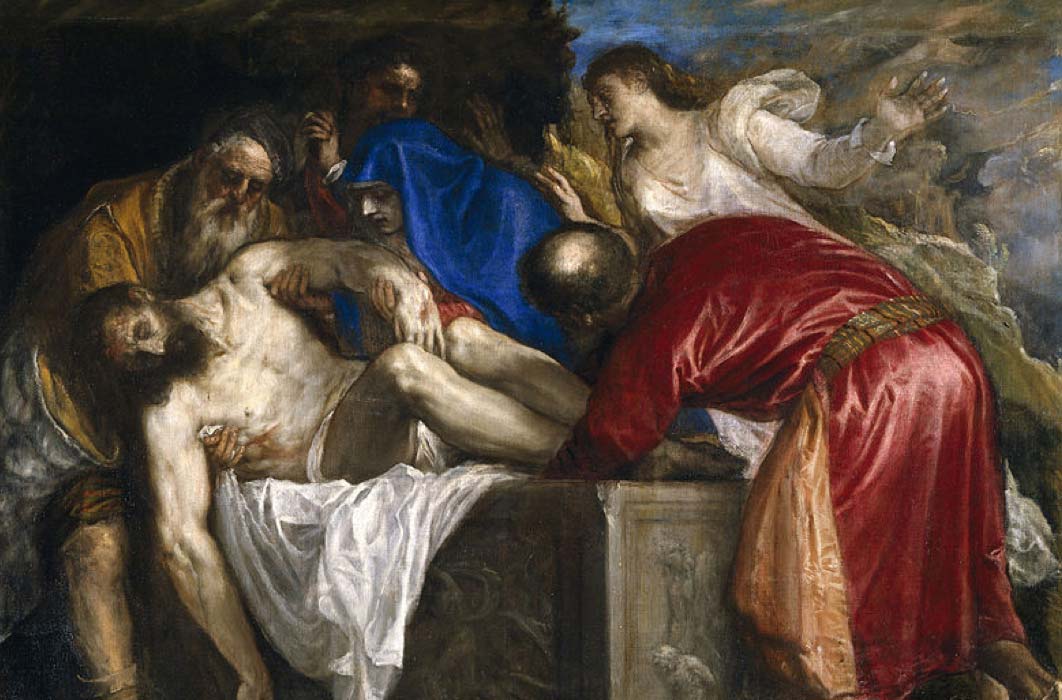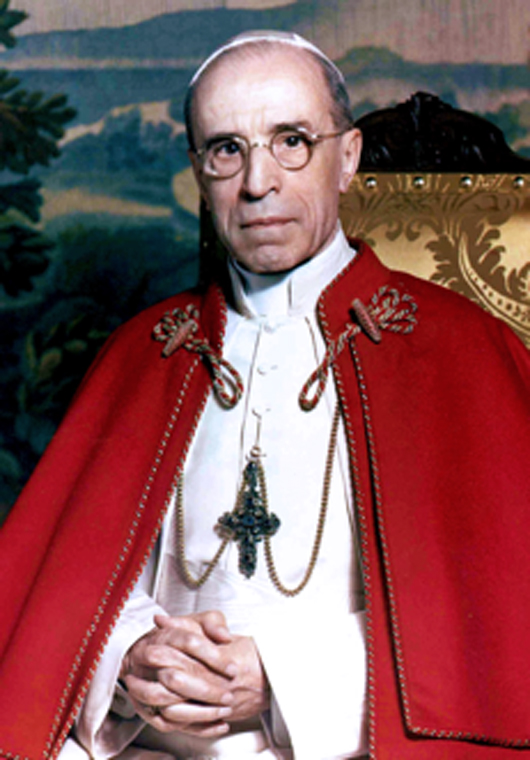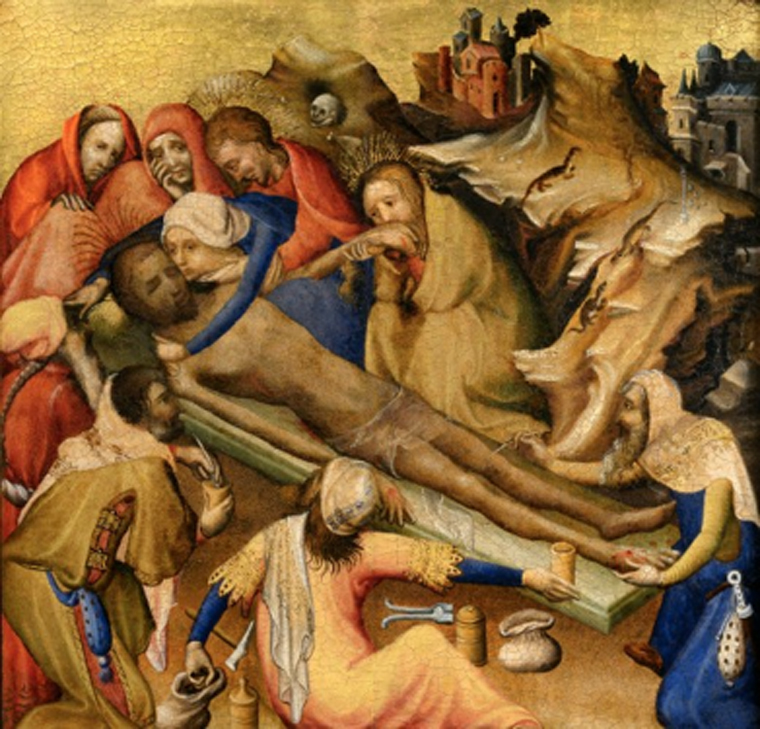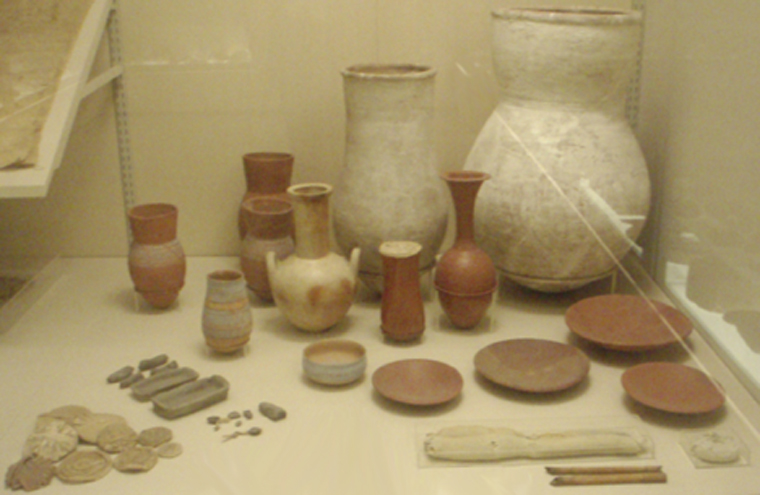
Mummification in Christianity: The Incredible Exploding Pope
Pope Pius XII (Eugenio Pacelli) exploded in 1956. To understand why this occurred, it is necessary to explore the (Catholic and Orthodox) Christian practice of mummification, which is rarely discussed, even though it is an important aspect of the faith that has been performed for hundreds of years. Especially when it comes to clergy members and those individuals deemed holy, such as beati, venerables, or saints, mummification was an important rite, and elaborate procedures were often used. Even today, popes are mummified using New Kingdom Egyptian mummification techniques before being entombed.

His Holiness Pope Pius XII (Public Domain)
Revolting Rotting Bodies
If the bodies were not embalmed, autolysis and putrefaction would carry out their natural processes, and the bodies would rot. When autolysis occurs, internal acids destroy bodily tissues. Putrefaction causes the bodies to stink, the flesh to turn various shades before blackening, and eventually, the flesh pulls away and then disappears, revealing a skeleton alone. Untreated bodies are revolting and being around them could cause sicknesses. This is one of many reasons why Christians are typically mummified after death. In modern times, bodies are generally embalmed without removing the internal organs, but historically, various types of mummification were used.

Embalming of the Body of Christ from triptych, by Bruges (circa 1410) (Public Domain)
Elaborate Embalming of Jesus
There are seven major reasons why mummification of holy individuals and clergy members is carried out. The first is Jesus’ bodily preservation. According to the Biblical account, he was mummified in the manner of the Jews (which was obviously influenced by Egyptian mummification). At the time, such mummification did not require evisceration and organ removal, but bodies were embalmed and then bound in cloth. According to the Gospel of John (19:40) Nicodemus brought 75 pounds of aloe and myrrh to prepare his remains, and after applying such balms to his corpse, they wrapped him in linen cloth strips. Thus, embalmed and wrapped, he was interred. However, 75 pounds of aloe and myrrh is excessive for superficial embalming, and it is therefore possible that his mummification was more elaborate. His followers considered him important, so this is probable, and Egyptian religious ideas and ceremonies were popular at the time. Many of their customs were adopted into the new faith, which came to be known as Christianity, and mummification techniques were but one of them. Other adopted concepts include the Holy Trinity (originally Osiris, Horus, and Isis, who was called Meri, which was not a name until the fourth century, it was a term meaning ‘the beloved one’ and applied to any beloved woman); the virgin birth; ideas about Heaven and Hell, the belief in multiple parts of the soul; and the resurrection of the body.

Pottery, dishes, and other miscellaneous items from the embalming cache of Tutankhamun. (CC BY-SA 2.5)
Vestments like the miters used by bishops and popes were originally crowns used by Northern Egyptian kings, and ritualistic concepts like the use of the ankh in early Christian burials, and the utilization of New Kingdom Egyptian mummification techniques for popes and high-ranking members of the clergy were also adopted. In early Christianity, for one of Jesus’ followers to go to Heaven, he or she had to follow his example as closely as possible. According to Woodward (1996), early Christians strove to die as Jesus had died. This is why all of the early saints were martyrs. If Jesus was in fact eviscerated and then embalmed, his followers would have to be preserved in a similar manner, which would explain why the bodies of saints, including the earliest saints whose bodies are still preserved, were intentionally mummified; their internal organs were removed and they were embalmed, as all scientific investigations have indicated. Obviously, the mummification techniques used have improved and changed throughout the centuries, but this is one of the reasons why mummification is still performed in Catholic and Orthodox Christianity.




